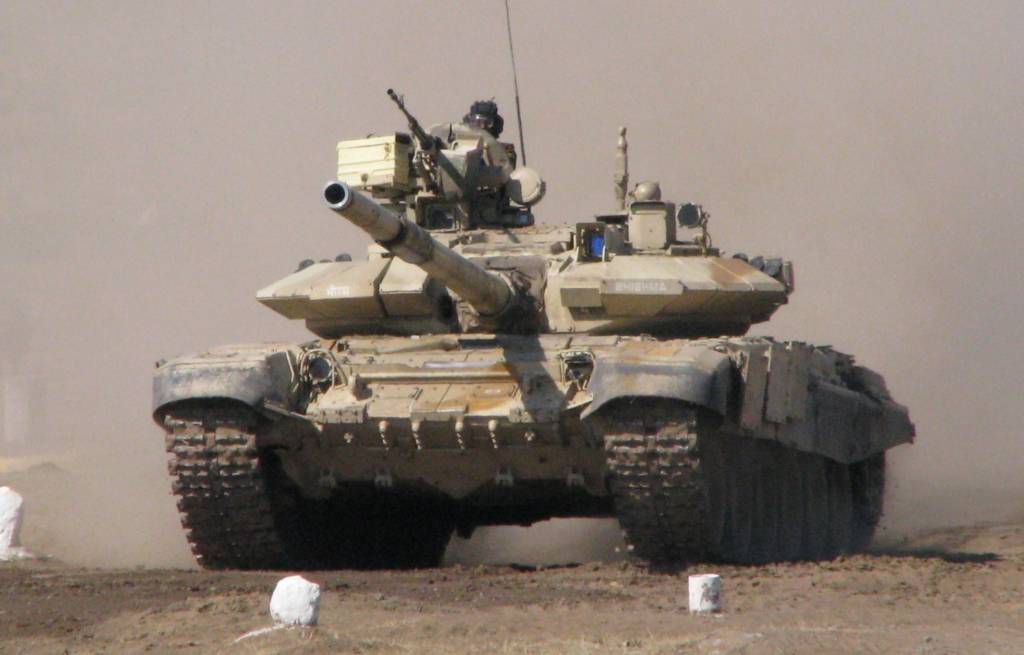With the present Indo-China standoff showing no signs of getting resolved anytime soon, and successive top-level military talks between the two sides ending in a stalemate, a limited armed conflict between the two Asian giants is being seen as the only way for India to restore status quo ante along the Line of Actual Control, or if conditions permit, to draw out a new status quo along and beyond the de facto Indo-Tibetan border as well. That both India have China have mobilised for full-blown conflict along the LAC is not a secret, however, a multi-layered advantage on land and in the air wrests with the Indian side when the inevitable fighting does start.
China has deployed its light combat tanks and armoured vehicles along the LAC, especially in Eastern Ladakh from sub-sector North (Daulat Beg Oldie) to Pangong Tso Lake, including the Chumar-Demchok and Spanggur gap areas. The Chinese thinking is driven by the fact that when it comes to mountainous warfare, the light tanks would serve a better purpose than the usual heavy-weight variants which India has deployed in Eastern Ladakh. Indian T-90s and T-72s, however, are all set to foil all such Chinese aspirations, as Indian tank commanders posted on the frontline in Ladakh have confidently stated that the Chinese tanks are no match for their Indian counterparts.
“I believe that in case there is a battle involving the tanks during the present situation and they deploy their light tanks, I can assure you that it won’t survive against our T-90s and the T-72s,” said a tank commander talking to ANI on the condition of anonymity. Sources told ANI that the Chinese tanks and infantry combat vehicles including the T-99s and the PTZ have also been deployed. They are backed by the long-range artillery and surface to air missile defence systems. China has recently also deployed T-15 light tanks to take on India, albeit, in a futile attempt.
Asked about the winters and extremely cold weather serving as a hindrance to the tanks performing optimally, the tank commander told ANI that the Russian-origin T-90 tank is very well-suited for operations in extreme cold weather conditions that mirror conditions of the country of origin of the tank.
Not only are the Chinese at a disadvantage due to the choice of tanks deployed by them, but also due to the eternal headache of having to deal with their snowflake-like soldiers, who are anything but battle-hardened. Leave alone fighting a battle in the winters of Ladakh, the Chinese soldiers are not being able to survive the onset of the same too, and are already being stretchered off to medical facilities. Further, mountain warfare is not the Chinese’ cup of tea, and their inability to handle sophisticated military equipment is well known from their performance in the Vietnam war itself. It would not be hyperbole to say that in case of an armoured battle too, the Chinese are at a distinctive disadvantage.
